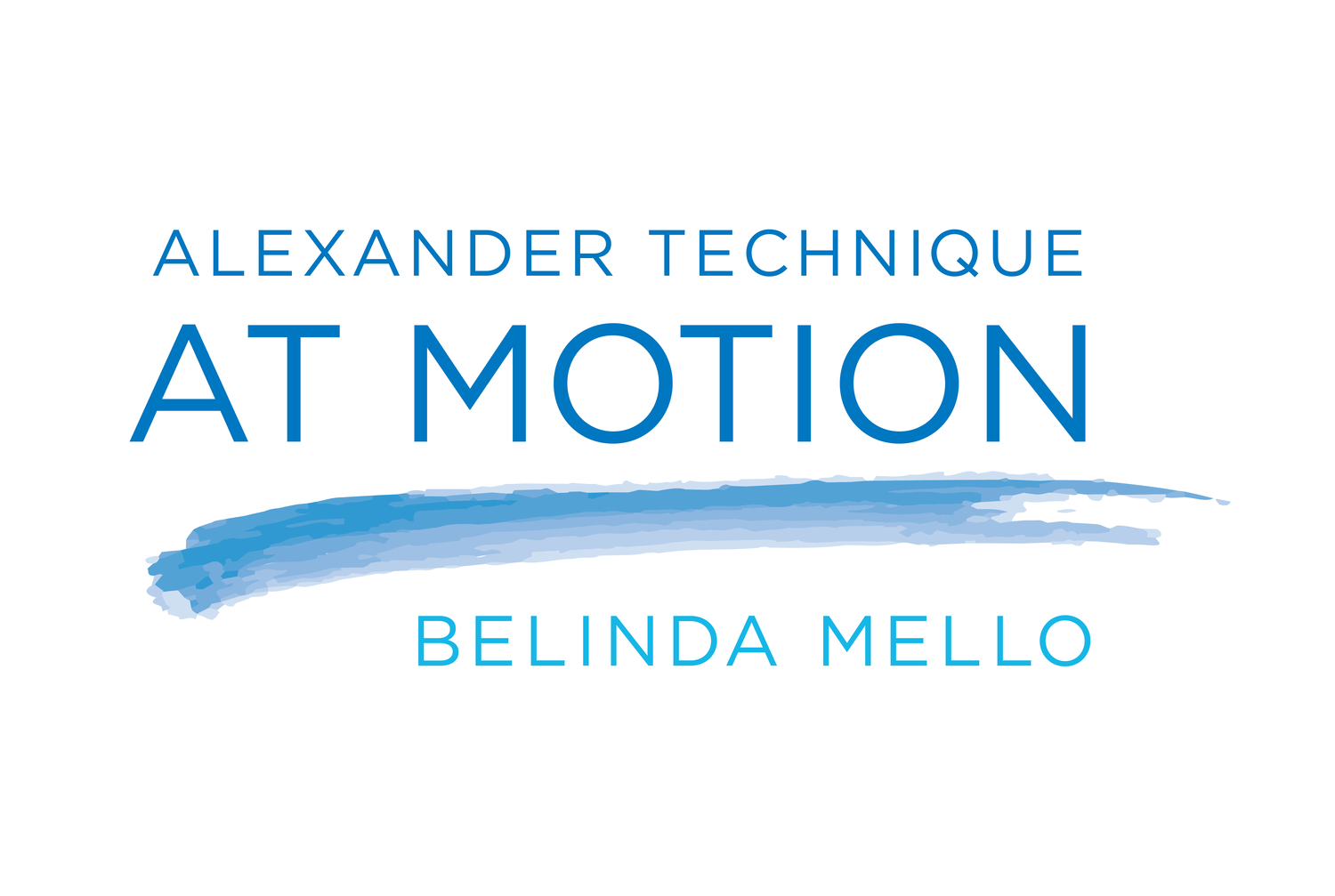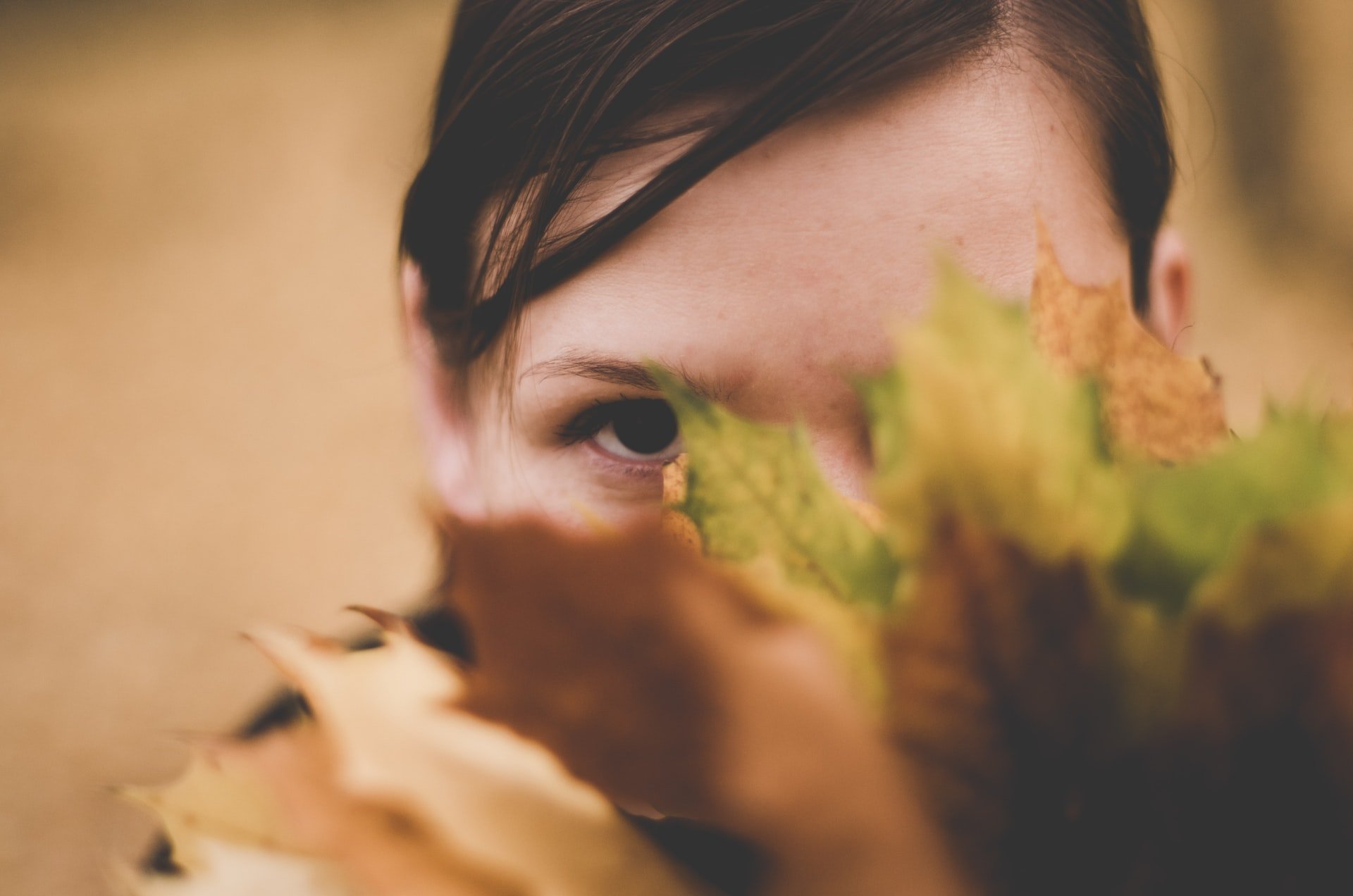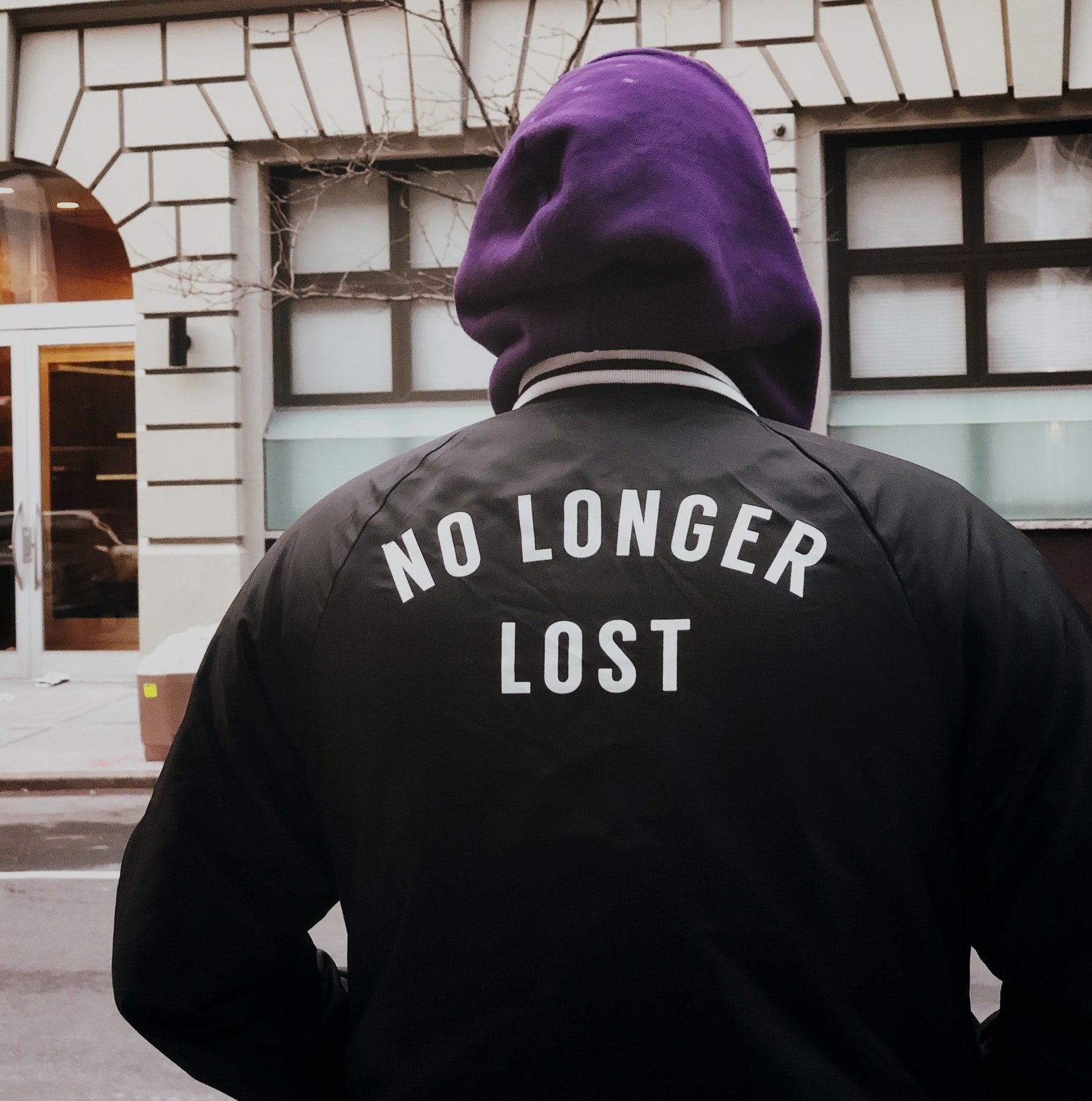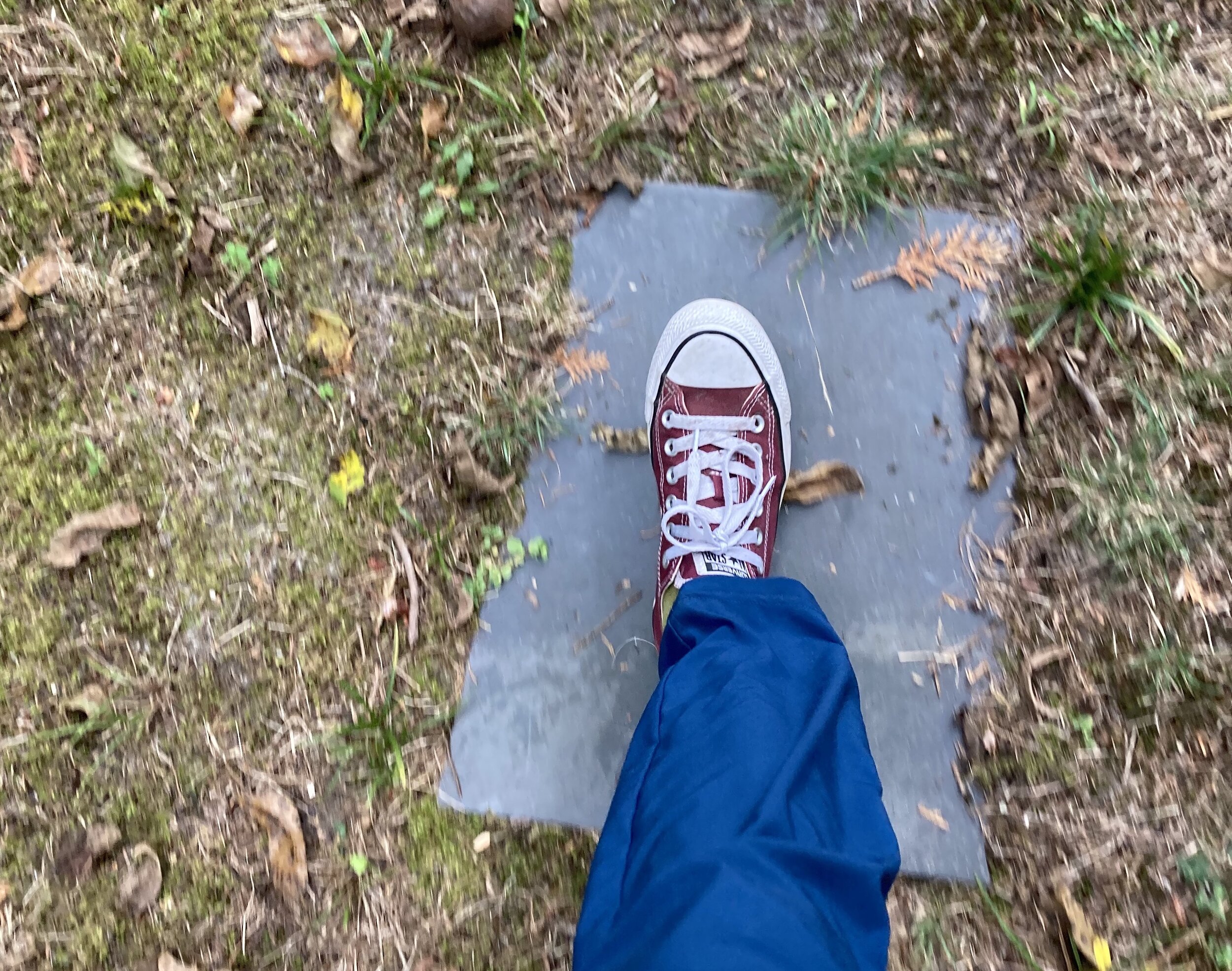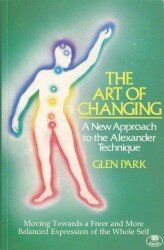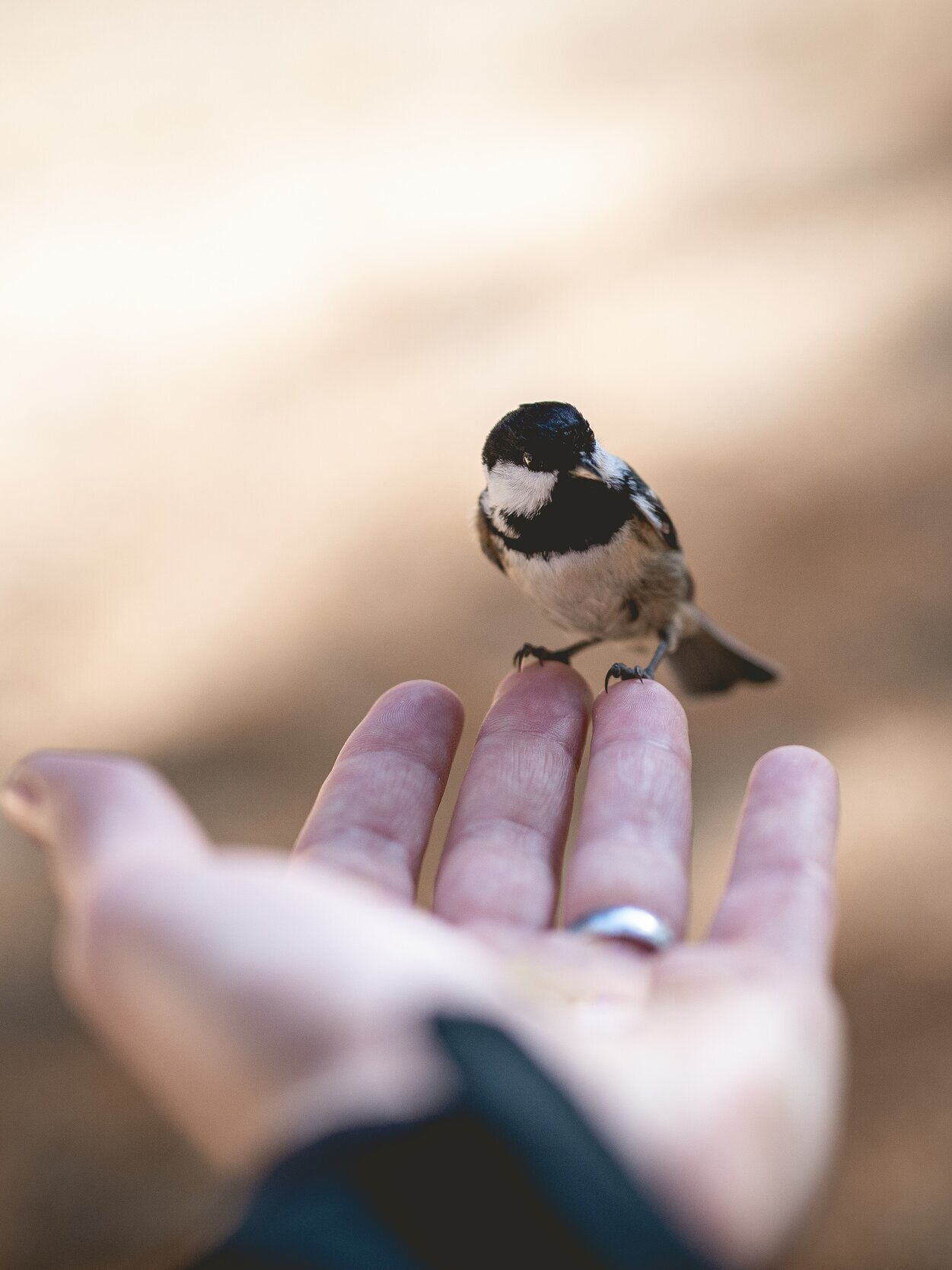It’s September and I am getting a lesson in lateral collaboration from the flocking birds. Rather than a top down group organization with one executive leader, the flock as a whole moves together, sharing the leadership. Within large flocking groups, called murmurations, changes in direction happen from any single bird, passing like a wave or spiral throughout the group. Scientists have found that the movement changes each bird makes happen faster while flocking than when reacting to a loud sound or other external stimuli. This kind of embodied intelligence is efficient and maintains the steady integrity of the whole community.. Embodied intelligence is also vital for humans, within our own selves and in how we interact with each other.
Photo by Rowan Heuvel on Unsplash
Think for a moment of the flock as a metaphor for the whole person. Consider how collaboratively our bodies can move, as an integrated system - without second guessing ourselves. I recently wrote about my experience of interference within my internal communication system (proprioception). It took a lot of extra cerebral work to compensate while my sprained ankle healed. I have a renewed appreciation for how much daily effort goes into simple movement if there’s an interruption in the communication The metaphor of the flock helps me recognize the excessive mental work. Regaining my inner flocking involves letting go of what is not needed, especially that urge to get ahead of what I can sense in the present moment.
Our kinesthetic sense, the sense of moving in space and the flow of movement, is a key part of our embodied intelligence. Trusting and relying on this sense, can release us from “being in our heads” or over-thinking our actions. If the birds in flight were to anticipate the changes in direction they would interfere with the smooth transitions of the group, and the soaring pleasure of unified movement.
Whether it’s hard won or part of the invisible flow of day to day activities, collaborative movement brings pleasure, a sense of ease and unity. The murmuration of swallows is beautiful to experience if you’re able to get out in nature this time of year. .
Here’s an example:
Tree Swallows moving together, creating patterns as they fly. A lesson in collaboration.
Kinesthetic sense? Try this:
Here’s a simple following experiment to try with a friend, touching fingertips.
1. Sit or stand facing each other and connect with just the tips of your index fingers. One person will be the leader, moving their hand continuously and smoothly. If the follower is sighted, they will close their eyes as they move with the leader.
Could you notice what it’s like to follow without anticipating the next move.
2. Switch roles.
Did you notice how much you are relying on your kinesthetic sense? – was this easy? or do you find your executive mind wants to interfere?
3. Return to touching fingertips. This time you are a flock. The objective is to move smoothly and continuously together. One person will start the movement but at any moment the other person can redirect the movement. Try this with your eyes closed
Did you find some lateral collaborative flow?
